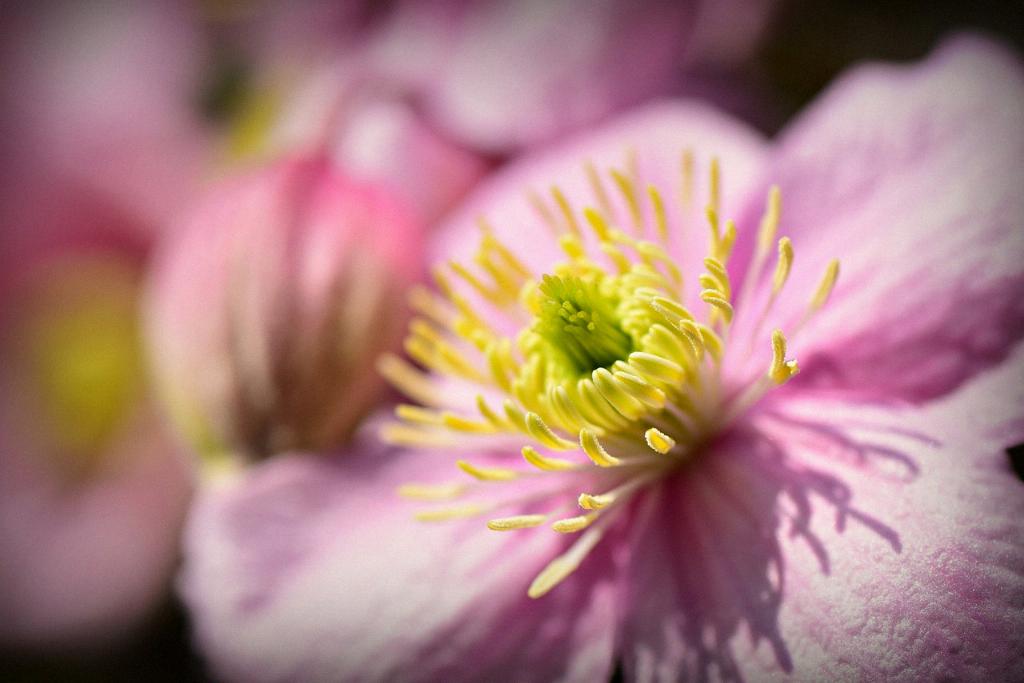When it comes to knowing when to cut back your Clematis for the winter season, it is crucial to understand the different pruning groups associated with these stunning flowering vines. Pruning plays a vital role in maintaining the health and vigor of your Clematis plants, ensuring abundant blooms for the following growing season.
Clematis plants are typically divided into three main pruning groups: Groups 1, 2, and 3. Group 1 consists of early-flowering Clematis that bloom in spring, while Group 2 includes varieties that bloom in early summer. Group 3, on the other hand, comprises Clematis that flower in late summer or fall.
For Group 3 Clematis, which includes Clematis viticella hybrids, Clematis texensis, and ‘Bill MacKenzie’, pruning is recommended in late winter, just as the buds are beginning to emerge. This timing allows for the removal of old, woody growth and encourages new growth to develop, leading to a profusion of blooms in the upcoming season.
It is important to note that pruning Clematis at the wrong time can impact their flowering potential. Pruning Group 3 Clematis too early in the season can result in the loss of flower buds, reducing the overall floral display. On the other hand, delaying pruning until too late in the season may lead to a delay in flowering.
When preparing to cut back your Clematis for winter, it is essential to assess the specific pruning needs of your plant based on its flowering group. By understanding the characteristics of your Clematis variety and its pruning requirements, you can ensure proper care and maintenance throughout the year.
While Group 3 Clematis benefit from late-winter pruning, Group 1 and Group 2 varieties have distinct timing requirements. Group 1 Clematis should be pruned immediately after flowering in spring to remove spent blooms and shape the plant. Group 2 Clematis, on the other hand, benefit from a light pruning in early spring to promote new growth and flowering.
By following the recommended pruning schedule for your specific Clematis variety, you can help to maintain the health and vitality of your plants, resulting in lush foliage and abundant blooms year after year. Proper pruning not only improves the aesthetic appeal of your Clematis but also supports overall plant health and vigor.
Before embarking on your winter pruning routine, take the time to familiarize yourself with the characteristics of your Clematis variety and its unique pruning requirements. By doing so, you can ensure that your plants receive the care and attention they need to thrive and flourish, providing you with a beautiful display of blooms each season.
Remember that each Clematis plant is unique, and understanding the specific needs of your variety is key to successful pruning. Whether you have a Group 1, Group 2, or Group 3 Clematis, taking the time to prune at the right time will pay off in the form of vibrant, healthy plants that reward you with an abundance of exquisite flowers.
As winter approaches and the gardening season comes to a close, remember to include pruning your Clematis in your list of seasonal tasks. By following the recommendations for your Clematis pruning group and timing your cuts appropriately, you can set the stage for a spectacular floral display in the coming year.

